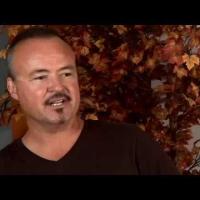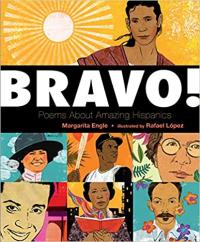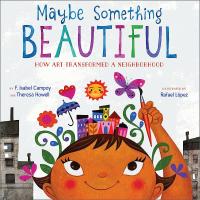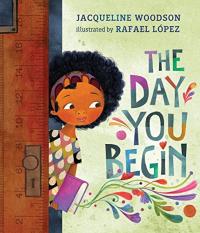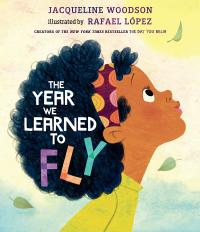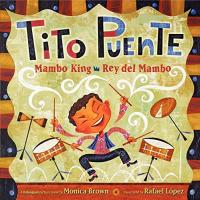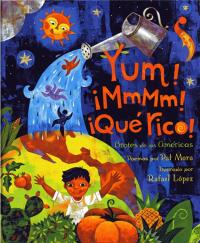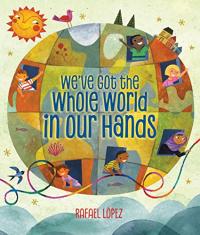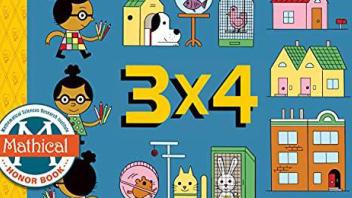My first children’s book was the life of Celia Cruz, and it’s called “Azucar, the Life of Celia Cruz.” And it was a book for kids that were between four and seven years old, telling a little bit about the biography of the great singer, Celia Cruz, from Cuba.
So the way I approached the story was pretty much make up as you go. I mean, I never really met personally anyone that was a children’s illustrator, although I admire many people. I never had the opportunity to really talk to someone and say, how do you do this? So I understood who my audience was, even though at the time my child was just a baby, but I knew I have cousins and nephews and people so I had the experience of being with kids.
I needed to find the
I would create a character that would convey a lot of the characteristics and personality of Celia Cruz, and then just let it roll and have fun with it, and sort of like describe what the — in a visual way — what the text was saying.
So, to describe how I start with my next, or any topic when I do a book, I create what I call the mood boards. And mood boards are things of photos and reference of the life of the person or the subject, the subject that I’m covering. So I go down to the library. I download things from the internet. I search things I already have about the people that I’m gonna be coloring or painting. And I create these giant pieces of paper that I put all around my wall.
And of course, the most important thing if you’re covering a musician is to put the music they play. So once you get in the mood, it’s a lot easier. Things flow a lot faster.
Cruz was a singer, and she spent 70% of her life onstage. But, you know, you don’t wanna make a book where every page she’s on the stage singing, even if the copy says that she sings a lot. So I believe that kids are, I’m sure of this, kids are very, very sophisticated with their minds, and you can be a little more poetic with the visual description of what’s going on, and besides, don’t you like sing when you’re in the shower, or you know, jumping in a field of flowers? So she doesn’t necessarily need to sing on a stage. She could be singing in her dreams, you know. So I thought once I made that decision, it was gonna be very easy to put her in different scenery, and do this poetic approach to it.
We had a challenge where the text described her leaving Cuba just before the revolution, and one of the things that we agreed to do was to not show violence, or show things in a very graphic way or literal way. So again, I go back to a way of doing things a little more symbolically or poetic or conceptually. So what I did is I decided to have her sort of like float, and leaving this field of sugar canes, and leaving a lot of her papers and song writings behind.
They stay in Cuba, basically saying my spirit stays with my land and my country and my motherland. But I’m moving on. So I think it was a very effective way of saying that it was a painful moment, and it was a hard decision, but she had to do it. And I think it came out in a very effective way.
Well, you know, to convey that she is finally passed on but her spirit lives on, I think birds, every time you
I see a bird, I think of people’s spirits hanging out. I mean, even when my father-in-law passed away, before he passed away, he said every time you see a crow, think of me, ‘cause I’m gonna be in your presence. So I see a lot of crows, and I see a lot of my father-in-law, someone I really admired and loved a lot.
So portraying her flying away in this bird was my way of saying she is gone physically, but her spirit lives on.
